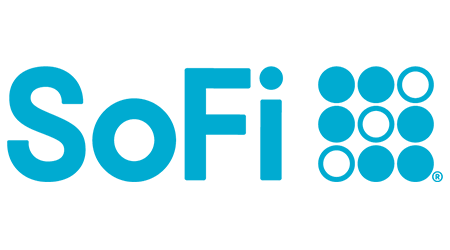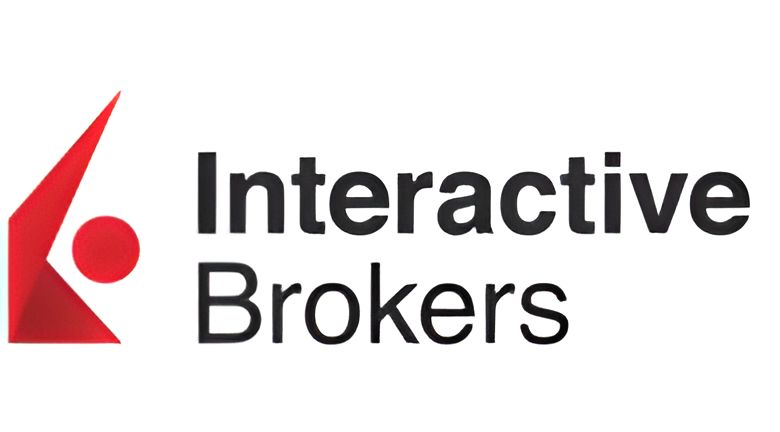
- Trade stocks, options, ETFs, mutual funds, alternative asset funds
- $0 commission on stocks, ETFs and options with no options contract fees
- Get up to $1,000 in stock when you open and fund a new account within 30 days
- Access to a financial planner
The Bank of New York Mellon Corporation is a banks - diversified business based in the US. The Bank of New York Mellon Corporation shares (BK) are listed on the NYSE and all prices are listed in US Dollars. Its last market close was $78.72 – an increase of 3.12% over the previous week. The Bank of New York Mellon Corporation employs 51,000 staff and has a trailing 12-month revenue of around $18.8 billion.



The Finder Score crunches 147 key metrics we collected directly from 18+ brokers and assessed each provider’s performance based on nine different categories, weighing each metric based on the expertise and insights of Finder’s investment experts. We then scored and ranked each provider to determine the best brokerage accounts.
We update our best picks as products change, disappear or emerge in the market. We also regularly review and revise our selections to ensure our best provider lists reflect the most competitive available.
Paid non-client promotion. Finder does not invest money with providers on this page. If a brand is a referral partner, we're paid when you click or tap through to, open an account with or provide your contact information to the provider. Partnerships are not a recommendation for you to invest with any one company. Learn more about how we make money.
Finder is not an advisor or brokerage service. Information on this page is for educational purposes only and not a recommendation to invest with any one company, trade specific stocks or fund specific investments. All editorial opinions are our own.
| Latest market close | $78.72 |
|---|---|
| 52-week range | $54.85 - $90.34 |
| 50-day moving average | $83.25 |
| 200-day moving average | $75.74 |
| Wall St. target price | $91.00 |
| PE ratio | 12.4535 |
| Dividend yield | $1.83 (2.46%) |
| Earnings per share (TTM) | $6.13 |
The technical analysis gauge below displays real-time ratings for the timeframes you select. This is not a recommendation, however. It represents a technical analysis based on the most popular technical indicators: Moving Averages, Oscillators and Pivots. Finder might not concur and takes no responsibility.
This chart is not advice or a guarantee of success. Rather, it gauges the real-time recommendations of three popular technical indicators: moving averages, oscillators and pivots. Finder is not responsible for how your stock performs.
Historical closes compared with the close of $77.73 from 2025-04-23
| 1 week (2025-04-17) | 1.82% |
|---|---|
| 1 month (2025-03-25) | -8.82% |
| 3 months (2025-01-24) | -9.40% |
| 6 months (2024-10-25) | 3.36% |
| 1 year (2024-04-25) | 35.94% |
|---|---|
| 2 years (2023-04-25) | 95.96% |
| 3 years (2022-04-25) | 93.94% |
| 5 years (2020-04-24) | 155.07% |
Valuing The Bank of New York Mellon Corporation stock is incredibly difficult, and any metric has to be viewed as part of a bigger picture of The Bank of New York Mellon Corporation's overall performance. However, analysts commonly use some key metrics to help gauge the value of a stock.
The Bank of New York Mellon Corporation's current share price divided by its per-share earnings (EPS) over a 12-month period gives a "trailing price/earnings ratio" of roughly 12x. In other words, The Bank of New York Mellon Corporation shares trade at around 12x recent earnings.
That's relatively low compared to, say, the trailing 12-month P/E ratio for the NASDAQ 100 at the end of 2019 (27.29). The low P/E ratio could mean that investors are pessimistic about the outlook for the shares or simply that they're under-valued.
The Bank of New York Mellon Corporation's "price/earnings-to-growth ratio" can be calculated by dividing its P/E ratio by its growth – to give 1.0068. A low ratio can be interpreted as meaning the shares offer better value, while a higher ratio can be interpreted as meaning the shares offer worse value.
The PEG ratio provides a broader view than just the P/E ratio, as it gives more insight into The Bank of New York Mellon Corporation's future profitability. By accounting for growth, it could also help you if you're comparing the share prices of multiple high-growth companies.
| Revenue TTM | $18.8 billion |
|---|---|
| Operating margin TTM | 32.11% |
| Gross profit TTM | $18.8 billion |
| Return on assets TTM | 1.08% |
| Return on equity TTM | 11.23% |
| Profit margin | 25.1% |
| Book value | $52.82 |
| Market Capitalization | $54.6 billion |
TTM: trailing 12 months
Dividend payout ratio: 24.02% of net profits
Recently The Bank of New York Mellon Corporation has paid out, on average, around 0% of net profits as dividends. That has enabled analysts to estimate a "forward annual dividend yield" of 0% of the current stock value. This means that over a year, based on recent payouts (which are sadly no guarantee of future payouts), The Bank of New York Mellon Corporation shareholders could enjoy a 0% return on their shares, in the form of dividend payments. In The Bank of New York Mellon Corporation's case, that would currently equate to about $1.83 per share.
While The Bank of New York Mellon Corporation's payout ratio might seem low, this can signify that The Bank of New York Mellon Corporation is investing more in its future growth.
The Bank of New York Mellon Corporation's most recent dividend payout was on 1 May 2025. The latest dividend was paid out to all shareholders who bought their shares by 20 April 2025 (the "ex-dividend date").
The Bank of New York Mellon Corporation's shares were split on a 9434:10000 basis on 1 July 2007 . So if you had owned 10000 shares the day before before the split, the next day you'd have owned 9434 shares. This wouldn't directly have changed the overall worth of your The Bank of New York Mellon Corporation shares – just the quantity. However, indirectly, the new 6% higher share price could have impacted the market appetite for The Bank of New York Mellon Corporation shares which in turn could have impacted The Bank of New York Mellon Corporation's share price.
Over the last 12 months, The Bank of New York Mellon Corporation's shares have ranged in value from as little as $54.8503 up to $90.34. A popular way to gauge a stock's volatility is its "beta".
Beta is a measure of a share's volatility in relation to the market. The market (NYSE average) beta is 1, while The Bank of New York Mellon Corporation's is 1.024. This would suggest that The Bank of New York Mellon Corporation's shares are a little bit more volatile than the average for this exchange and represent, relatively-speaking, a slightly higher risk (but potentially also market-beating returns).
The Bank of New York Mellon Corporation provides a range of financial products and services in the United States and internationally. It operates through Securities Services, Market and Wealth Services, Investment and Wealth Management, and Other segments. The Securities Services segment offers custody, trust and depositary, accounting, exchange-traded funds, middle-office solutions, transfer agency, services for private equity and real estate funds, foreign exchange, securities lending, liquidity/lending services, and data analytics. This segment also provides trustee, paying agency, fiduciary, escrow and other financial, issuer, and support services for brokers and investors. The Market and Wealth Services segment offers clearing and custody, investment, wealth and retirement solutions, technology and enterprise data management, trading, and prime brokerage services. This segment also provides integrated cash management solutions, including payments, foreign exchange, liquidity management, receivables processing, payables management, and trade finance, as well as U. S.
Track the progress of the S&P 500 stocks to make more informed investment decisions.
These are the stocks to buy when you don’t have much to spend.
These are the best day trading apps, according to Finder’s comprehensive analysis.
Explore the best bonuses for opening a new brokerage account.
Stock lending allows investors to loan out their existing stocks, although it has both advantages and disadvantages.
Want to buy and sell international stocks? Here are the top brokers to help you trade global markets.
These are the best discount brokers of 2025 according to Finder’s comprehensive review.
Compare the 7 best stock picking services, according to Finder’s analysis, and learn how to choose the best option for your needs.
We’ve rounded up stats on some of the most popular graphene stocks, along with information on how they compare and how to invest.
Webull is a broker with zero-commission trading and a suite of tools to help you invest.